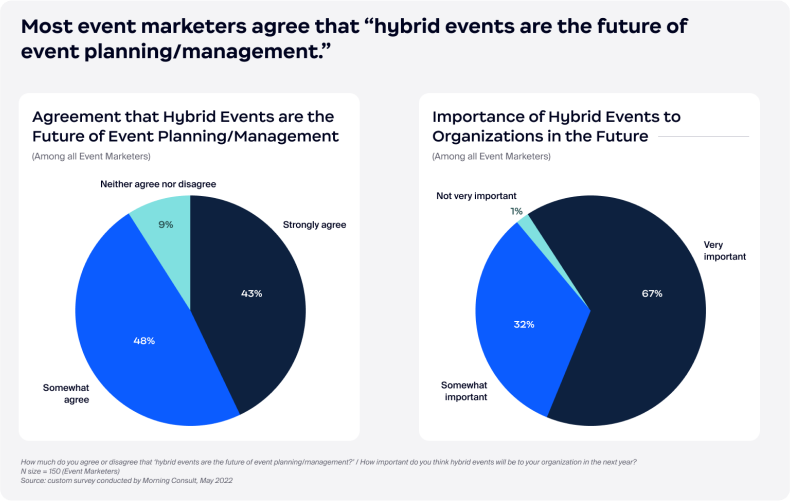Over the past year, the world of work has changed dramatically as organizations across the world were forced to rethink their operations in the face of the COVID-19 pandemic. This change prompted businesses to employ new strategies and tools to continue serving customers and driving revenue with a remote workforce.
We’ve seen a lot of data lately about hybrid work being the future, but what does that really mean? As we begin returning to the office, how do organizations need to adapt their work styles to operationalize this future, to ensure employee satisfaction, expand access to talent, and maximize productivity?
We recently teamed up with SurveyMonkey to conduct a poll of over 1,500 U.S.-based remote workers to better understand what people think, feel, need, and expect about the future of work and returning to the office. We included questions about the impact of collaboration tools on their role, their preferred work models, and how they would like to approach traditionally in-office activities in the future.
Here’s what we learned:














